Ben Valsler
This week, get bedazzled with Brian Clegg.
Brian Clegg
Thanks to the manmade gemstones cubic zirconia, long popularised as a cheap and cheerful alternative to diamond, it’s hard to hear ‘zircon’ and not be transported to a world of shopping channels and cut-price jewellery. True zircon, though, is a different proposition. Where cubic zirconia are zirconium dioxide crystals, zircon is zirconium silicate – ZrSiO4.
This doesn’t mean that zircons aren’t decorative. Zirconium silicate is naturally a colourless crystal, with a tetragonal structure, like a stretched cube. Good quality clear gems have also been used as diamond substitutes known as ‘Matura diamonds’. However, zircons often contain impurities which colour them, in part by modifying the structure of the crystal in the process magnificently known as metamictization. Zircons tend to contain relatively high levels of uranium and thorium impurities. These radioactive materials give off alpha particles – charged helium nuclei – which batter the crystal’s internal structure and modify it.
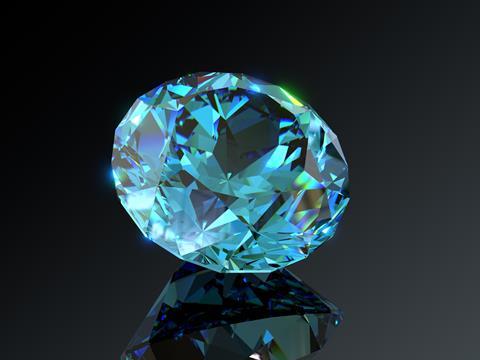
The result can be to make the zircons yellow, brown, red, blue or green – and it’s most commonly as coloured gems that zircons have featured in jewellery for at least 2,000 years. The name ‘zircon’ seems to have come via German from jargon or jargoon, which may have derived from the Persian zargun, which would make it ‘gold-like’. A relatively recent discovery is that heat treating the unattractive brown variants to around 1,100°C under reducing conditions gives them a more attractive light blue colour. This has been attributed both to uranium and terbium impurities gaining electrons and some annealing of structural defects, though the cause remains disputed. This change is stable unless the gem is exposed to strong ultraviolet – so taking your blue zircons to the tanning salon is not recommended.
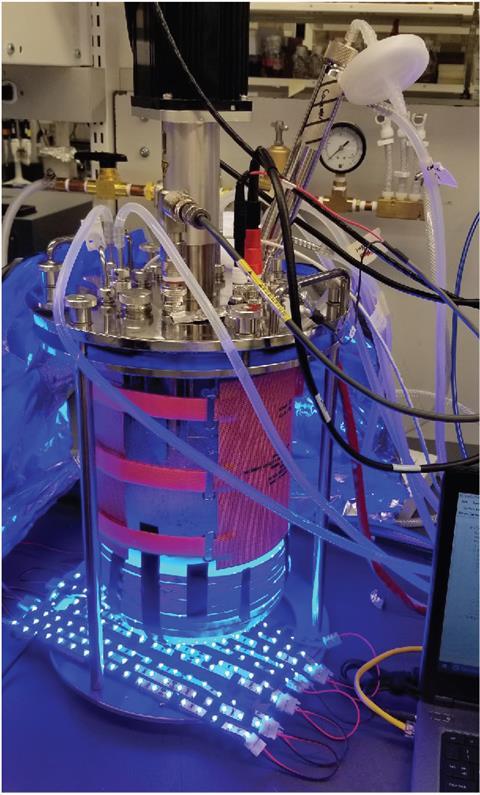
Although zircons’ attractive appearance first brought them to our attention, zirconium silicate has a range of uses when ground up as powder or extracted from sand. The compound has a high melting point, around 2,550°C (compare this with 1,713°C for silica), making it useful in the refractory materials used in lining furnaces and reactors. Zircon is used to make enamels and glazes opaque and has found a small role in electronics, where thin films of zirconium silicate provide an alternative to the more common silicon dioxide dielectric layer, making it possible to miniaturise components more than is usually possible.
Zircons’ use in jewellery gives us a window into human history, but the crystals also act as time machines, giving scientists insights into the chemistry of the early Earth. For decades it was assumed that the early pre-life atmosphere on Earth was a mix of methane, carbon monoxide, hydrogen sulfide and ammonia. It was this unpleasant smog that was the subject of experiments in the 1950s, when electrical discharges were sent through vessels containing water and these gasses to see how close the reactions would come to producing life.
Thanks to zircons, though, we now know that four billion years ago Earth’s atmosphere mostly contained nitrogen, water vapour, carbon dioxide and sulfur dioxide. The atmospheric gases would have been largely supplied by volcanoes, and some of the magma from those volcanoes is still found in the form of zircons, which are particularly resistant to erosion. Some crystals date back to around 400 million years after Earth formed – we are able to date them thanks to the decay rate of those radioactive contaminants.
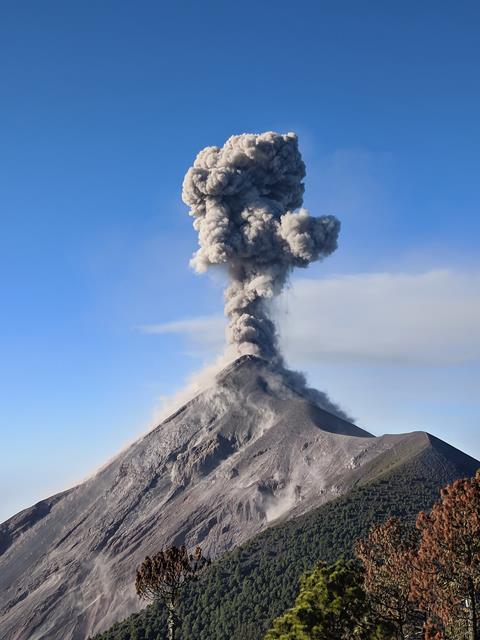
Zircons are good at trapping particles from around them as they form, including cerium oxide, which can come in two forms: the balance between them gives a guide to the oxidation state of the atmosphere. Scientists from Rensselaer Polytechnic Institute in New York have shown that the oxidation conditions of carbon, hydrogen and sulfur compounds in the atmosphere were similar to current levels.
That was only the start, though, for zircon’s ability to open up the past. They have also enabled scientists to get a better idea of when life began. Carbon has two main isotopes, carbon 12 and carbon 13 (there’s also the carbon 14 used in radiocarbon dating, but that is relatively uncommon). Biological processes slightly favour the smaller carbon 12 atoms, so life tends to have rather more carbon 12 to carbon 13 than the natural ratio of around 99 to 1. The carbon trapped in zircons from 4.1 billion years ago, discovered in Western Australia’s Jack Hills, has too much carbon 12. It’s likely, though not certain, that this is because there was already life present when these zircons were formed.
Zircon is decorative, heat resistant and has transformed our view of the conditions and possibilities for very early life on Earth. It’s the David Attenborough of the chemical world.
Ben Valsler
That was Brian Clegg with zircon. Next week, Mike Freemantle returns, fresh from a trip to the dentist.
Mike Freemantle
My dentist and I love to talk about chemistry. So, while his assistant prepared the cement, I asked him what the cement was. Zinc polycarboxylate, he told me.
Ben Valsler
Join Mike next time for your regular checkup. Until then, get in touch in the usual ways – email chemistryworld@rsc.org or tweet @chemistryworld. Thanks for listening, I’m Ben Valsler.
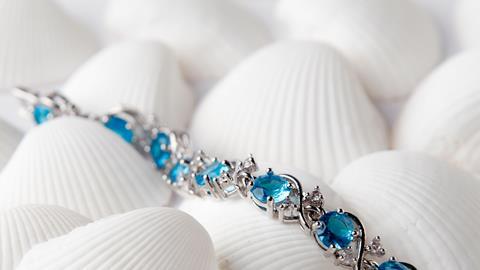





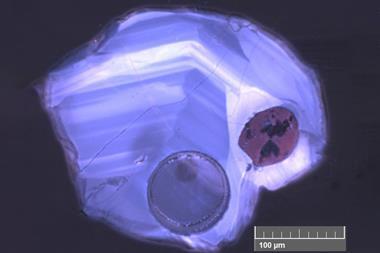






No comments yet